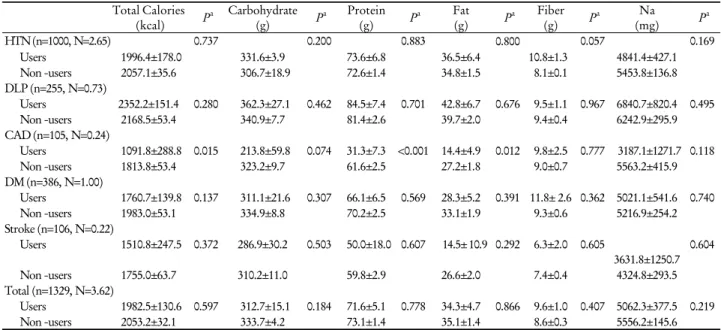한국의 만성질환자에서 영양표시 이용실태와 유용성
전체 글
수치
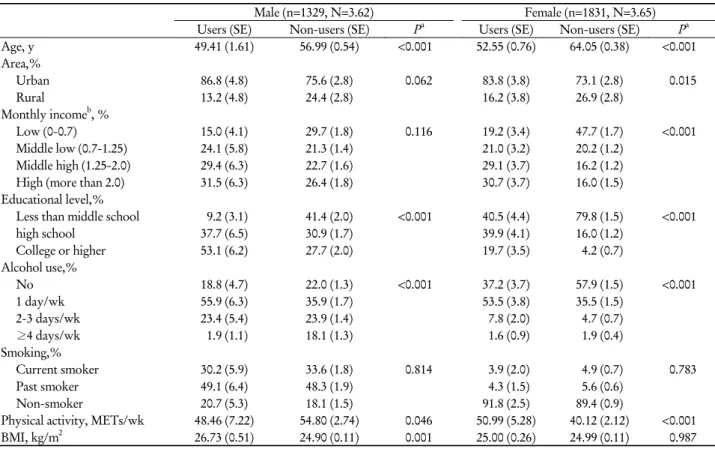
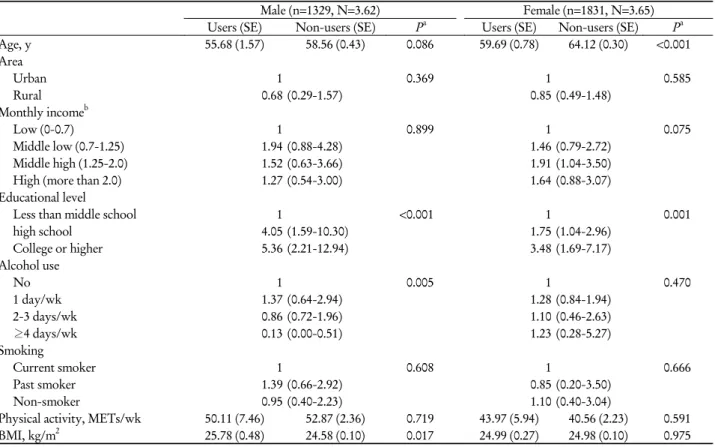
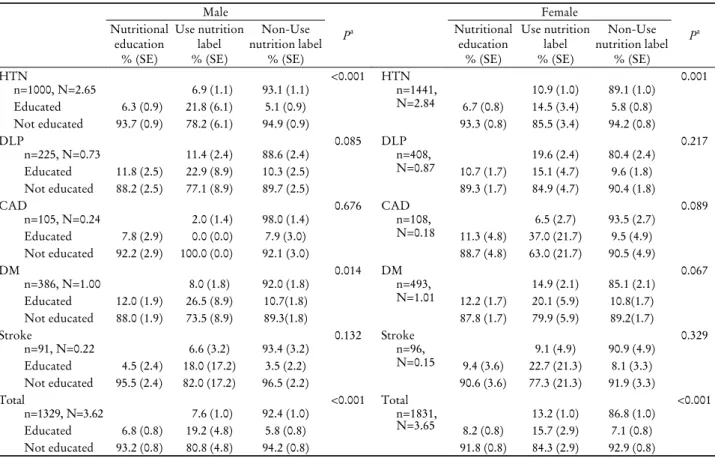
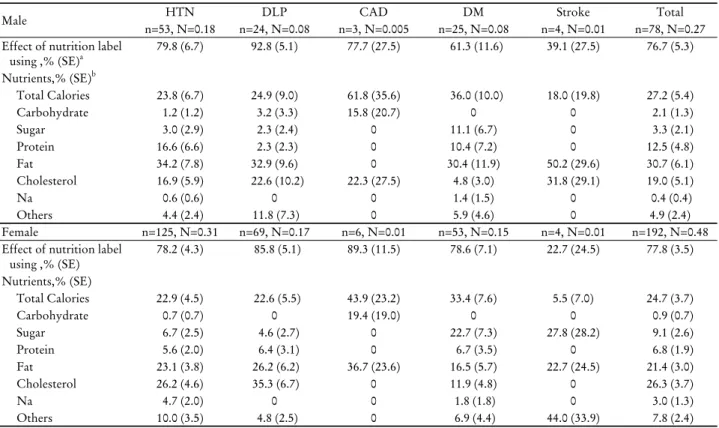
관련 문서
Age-related changes in the prevalence of osteoporosis according to gender and skeletal site: The Korea National Health and Nutrition Examination Survey 2008-2010..
Objective: The purpose of this study is to investigate the relationship between depression and evening meals for adult women by using the National Health and Nutrition Survey
socioeconomic status and thyroid cancer prevalence; Based on the korean National Health and Nutrition Examination Survey2010-2011. Jung YI, Kim
Prevalence of Undiagnosed Diabetes and Related Factors in Korean Postmenopausal Women:.. The 2011-2012 Korean National Health and
Objective: This study was conducted to identify the association between vitamin D and Sarcopenia among all adults in Korea using data from the National Health and
Chapter IV describes the cases of using classical Korean literature and their problems. The five present textbooks for Korean education were selected and
showing an association between HGS and fracture risk are similar. 30) reported a relationship between HGS and muscle qual- ity in Australian women, with the mean HGS and
We stud- ied the prevalence of olfactory dysfunction and tinnitus among Koreans and studied the relationship between these two diseases based on the Korean National Health
